Introduction to Common Plant Species
I. Indoor Ornamental Plants
1. Foliage Plants
Pothos (Epipremnum aureum): A classic indoor foliage plant with heart-shaped leaves. The leaves of common varieties have yellow or white variegations, and the vines can trail or climb with supports. It has strong adaptability, tolerates low light and occasional neglect of watering, and is suitable for placing on shelves, windowsills, or as hanging plants. It also has a good effect on absorbing formaldehyde and other harmful substances.
Snake Plant (Sansevieria trifasciata): Also known as "Mother-in-Law's Tongue," it has upright, sword-shaped leaves that are dark green with light green horizontal stripes. It is extremely drought-tolerant and shade-tolerant, requiring little watering and can grow well in dark corners of the room. It is an excellent air-purifying plant, capable of absorbing carbon dioxide at night and releasing oxygen, which is beneficial to improving indoor air quality.
Fiddle-Leaf Fig (Ficus lyrata): A popular large-scale indoor foliage plant with large, broad, fiddle-shaped leaves that are thick and glossy. It has a tall and straight plant shape, making it suitable for placing in living rooms, offices, and other spacious areas as a floor-standing decoration. It prefers bright indirect light and needs to avoid direct sunlight and cold drafts; the soil should be kept slightly moist but not waterlogged.
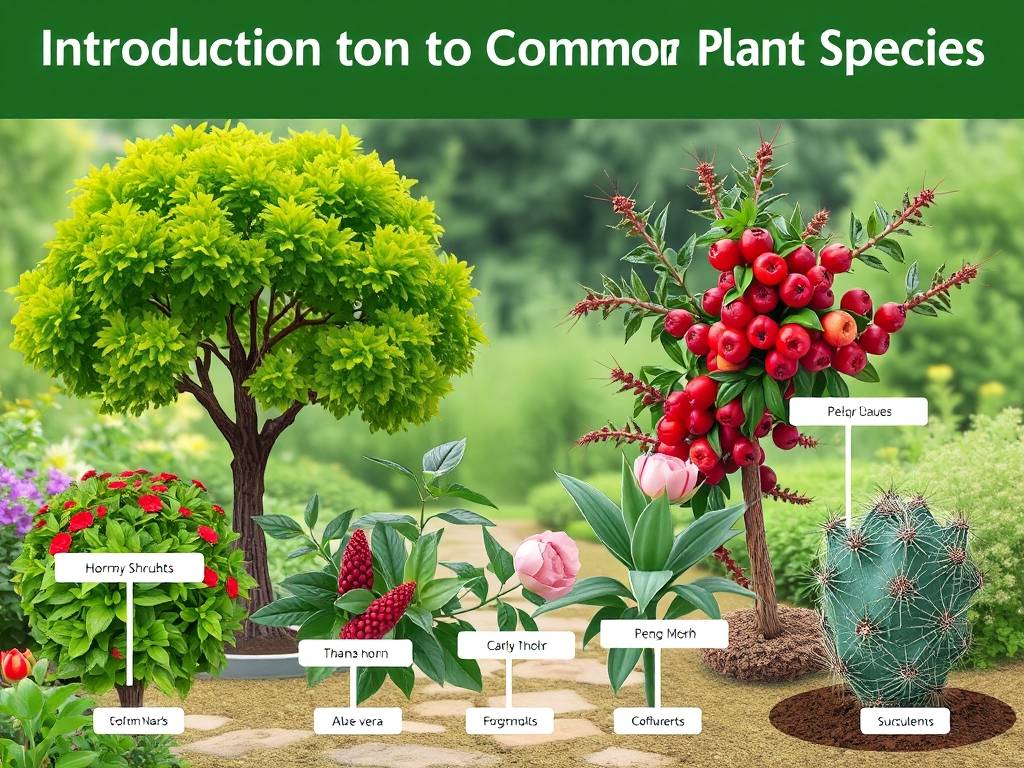
2. Flowering Indoor Plants
Peace Lily (Spathiphyllum wallisii): Also known as "Spathe Flower," it has dark green, lanceolate leaves and white spathe-like bracts (often mistaken for flowers) surrounding a yellow spadix. It can bloom multiple times a year under suitable conditions and has a certain shade tolerance, making it suitable for placing in bedrooms or offices. It is also sensitive to harmful substances such as formaldehyde; when the air is polluted, its leaves will turn yellow, serving as a "natural air quality indicator."
Phalaenopsis (Phalaenopsis amabilis): A representative of indoor orchids, also known as "Moth Orchid" because its flowers resemble fluttering moths. The flower colors are rich, including white, pink, purple, yellow, and variegated varieties, with a long flowering period (up to 2-3 months). It prefers warm environments (15-25°C) and bright indirect light; watering should be done by soaking the roots in water, and the substrate (usually bark or moss) should be kept breathable.
Anthurium (Anthurium andraeanum): Also known as "Flamingo Flower," it has bright red, heart-shaped spathes and yellow spadices, with a long flowering period (up to 4-6 months). It likes warm and humid environments, requires sufficient scattered light, and is suitable for placing in well-lit living rooms or balconies. The leaves are also evergreen and have ornamental value even when not in bloom.
II. Outdoor Garden Plants
1. Flowering Shrubs
Rose (Rosa spp.): Known as the "Queen of Flowers," it is a classic outdoor flowering shrub with rich flower colors (red, pink, white, yellow, orange, etc.) and diverse flower types (single-petaled, double-petaled, clustered, etc.). It blooms multiple times a year (from spring to autumn) and is suitable for planting in flower beds, along roadsides, or as hedges. It prefers full sun (at least 6 hours of direct sunlight per day) and well-drained soil; regular pruning and pest control are required to promote more blooms.
Hydrangea (Hydrangea macrophylla): Also known as "Bigleaf Hydrangea," it has large, spherical flower clusters with colors that can change with the pH of the soil (acidic soil produces blue flowers, alkaline soil produces pink flowers, and neutral soil produces white or purple flowers). It blooms in summer (June-August) and likes half-shade environments (avoid direct sunlight at noon in summer) and moist, fertile soil. It is suitable for planting in the shade of trees, beside flower beds, or as potted plants on balconies.
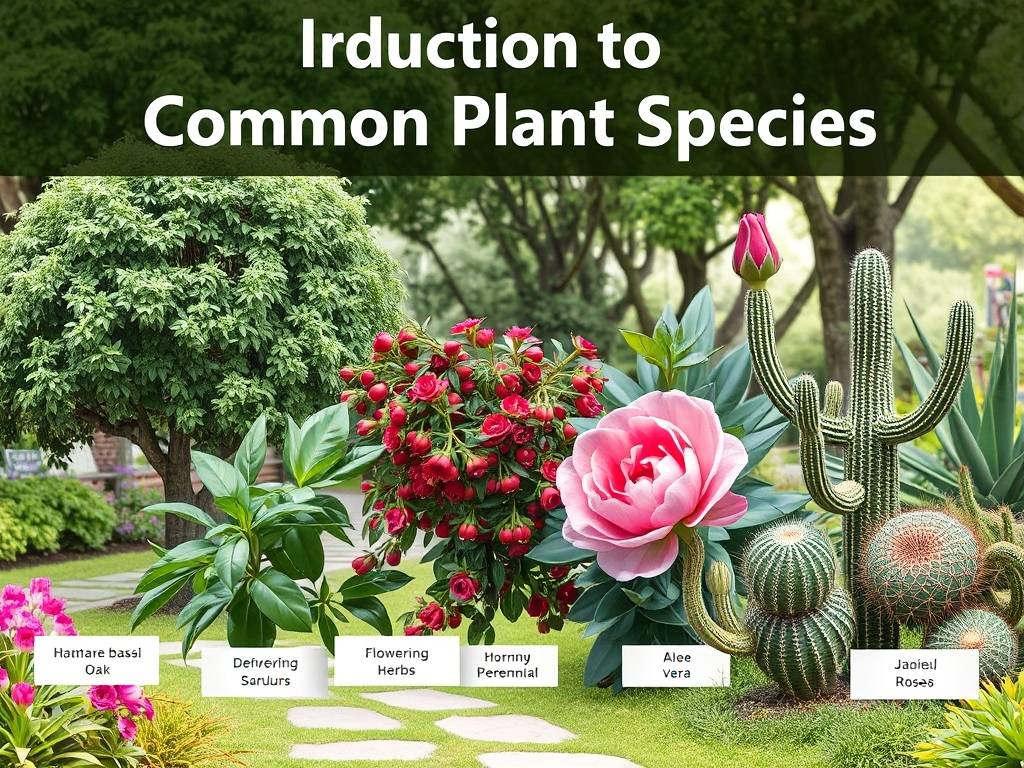
Lavender (Lavandula angustifolia): A fragrant flowering shrub with narrow, gray-green leaves and purple-blue spike-shaped flower clusters. It has a strong lavender fragrance and is often used to make essential oils, sachets, etc. It blooms in summer (July-August) and likes full sun, dry, and well-drained alkaline soil. It is suitable for planting in rock gardens, flower borders, or as potted plants on sunny balconies; it is also drought-tolerant and does not require frequent watering.
2. Perennial Flowers
Peony (Paeonia suffruticosa): Also known as "King of Flowers," it is a famous perennial flowering plant with large, lush flowers (diameter up to 10-20 cm) and colors such as red, pink, white, purple, and yellow. It blooms in spring (April-May) and has a long history of cultivation in China. It likes full sun and well-drained, fertile loam; it is cold-tolerant (can withstand temperatures as low as -20°C) and suitable for planting in courtyards, flower beds, or as potted plants.
Daylily (Hemerocallis citrina): Also known as "Golden Needle Vegetable," it has long, sword-shaped leaves and orange or yellow trumpet-shaped flowers. Each flower blooms for only one day, but the plant has many flower buds, so the flowering period can last for 1-2 months (June-July). It is highly adaptable, tolerates drought, cold, and 贫瘠 soil, and is suitable for planting in flower borders, slopes, or as ground cover plants. The flowers are also edible and can be used in stir-fries or soups.
Coreopsis (Coreopsis lanceolata): A sun-loving perennial flower with narrow, lanceolate leaves and yellow or golden-yellow daisy-like flowers. It blooms in summer and autumn (June-September) and has a long flowering period. It is drought-tolerant, heat-tolerant, and not picky about soil, making it suitable for planting in rock gardens, flower beds, or as cut flowers. It grows rapidly and can form a dense flower carpet when planted in large areas.
III. Edible Plants
1. Vegetables
Tomato (Solanum lycopersicum): Also known as "Tomato," it is a common warm-season vegetable. The fruits are spherical or oval, with colors such as red, yellow, and pink. They can be eaten raw (in salads) or cooked (in stir-fries, soups, or sauces). It likes full sun and warm environments (optimum growth temperature 20-28°C) and needs to be supported by stakes or cages as the plant grows. It is suitable for planting in vegetable gardens, balconies, or greenhouses.
Cucumber (Cucumis sativus): A climbing vegetable with cylindrical fruits covered with soft spines. The fruits are crisp and juicy, suitable for eating raw, making pickles, or cooking. It likes warm and humid environments (optimum growth temperature 25-30°C) and needs sufficient water and fertilizer; it can climb along trellises or fences to save space. It is a common vegetable in summer and is suitable for planting in vegetable gardens or large balconies.
Spinach (Spinacia oleracea): A cool-season leafy vegetable with dark green, tender leaves. It is rich in iron, vitamin C, and carotene and is suitable for stir-fries, soups, or cold dishes. It tolerates cold (can withstand light frost) and prefers cool environments (optimum growth temperature 15-20°C); it should be planted in fertile, moist soil and avoid high temperatures in summer. It is a common vegetable in spring and autumn.
2. Herbs
Basil (Ocimum basilicum): Also known as "Sweet Basil," it has bright green leaves with a strong sweet and spicy aroma. It is commonly used as a seasoning in Western food (such as pizza, pasta, and salads). It likes full sun and warm environments (optimum growth temperature 20-25°C) and needs well-drained soil; frequent pruning can promote the growth of lateral branches. It is suitable for planting in small pots on balconies or windowsills.
Mint (Mentha canadensis): A herb with fresh and cool aroma, with leaves that can be used to make mint tea, add flavor to drinks, or make desserts. It has strong adaptability, likes moist environments, and can grow in both sun and half-shade. It grows rapidly and is easy to spread, so it is recommended to plant it in a separate pot to avoid occupying other plants' space. It is cold-tolerant and can overwinter outdoors in mild climates.
Rosemary (Rosmarinus officinalis): A woody herb with narrow, needle-like leaves and a pine-like aroma. It is commonly used as a seasoning for meat dishes (such as roasted chicken, lamb chops) and can also be used to make essential oils. It likes full sun and dry, well-drained soil; it is drought-tolerant and cold-tolerant (can withstand temperatures as low as -10°C). It has a slow growth rate and is suitable for planting in small pots on sunny balconies or in rock gardens.
IV. Special Functional Plants
1. Air-Purifying Plants
Spider Plant (Chlorophytum comosum): Also known as "Air Plant," it has long, strap-shaped leaves with white edges (variegated varieties) and can produce small plantlets (pups) at the end of long stems. It has an excellent ability to absorb formaldehyde, benzene, and carbon monoxide and can grow well in low-light environments. It is suitable for placing in bedrooms, kitchens, or newly decorated rooms; it is drought-tolerant and easy to propagate (by planting the pups).
Aloe Vera (Aloe barbadensis miller): A succulent plant with thick, fleshy leaves that contain transparent gel. The gel can be used to soothe sunburns, skin irritations, and minor wounds (with medicinal effects). It also has a good ability to absorb formaldehyde and benzene and likes full sun and dry soil; it is drought-tolerant and does not require frequent watering. It is suitable for placing on sunny windowsills or balconies.
2. Medicinal Plants
Chrysanthemum (Chrysanthemum morifolium): A perennial herb with white, yellow, or purple flowers. Dried chrysanthemum flowers can be made into chrysanthemum tea, which has the effects of clearing heat, relieving inflammation, and protecting eyesight. It likes full sun and cool environments and is suitable for planting in flower beds, balconies, or as cut flowers.

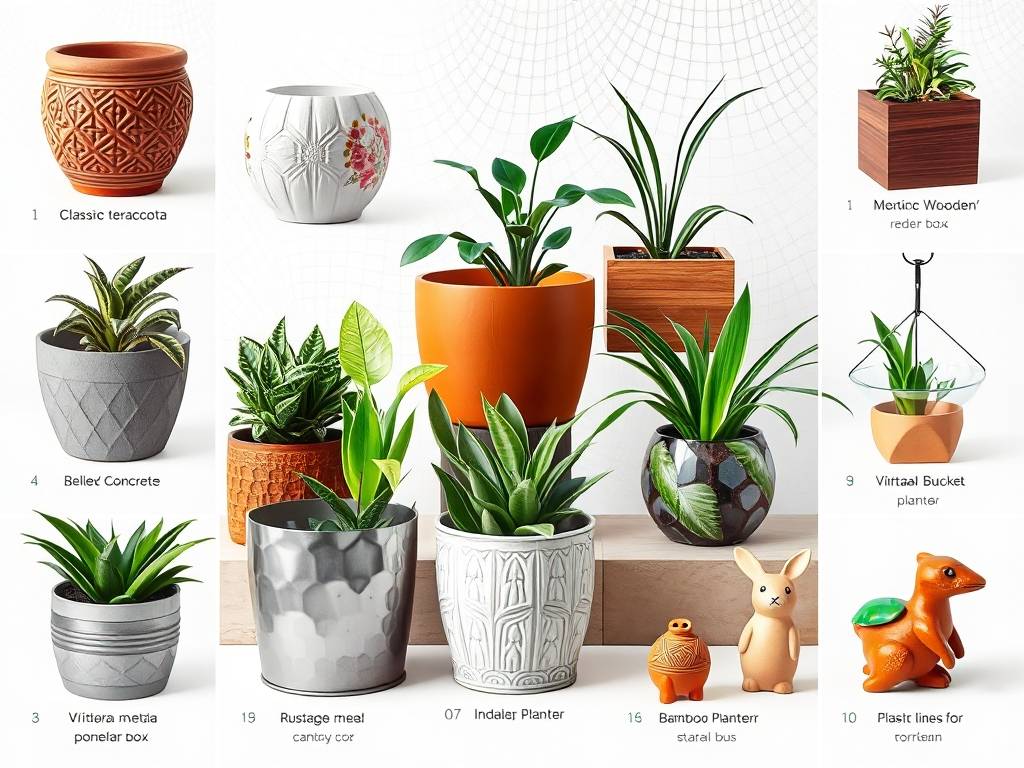
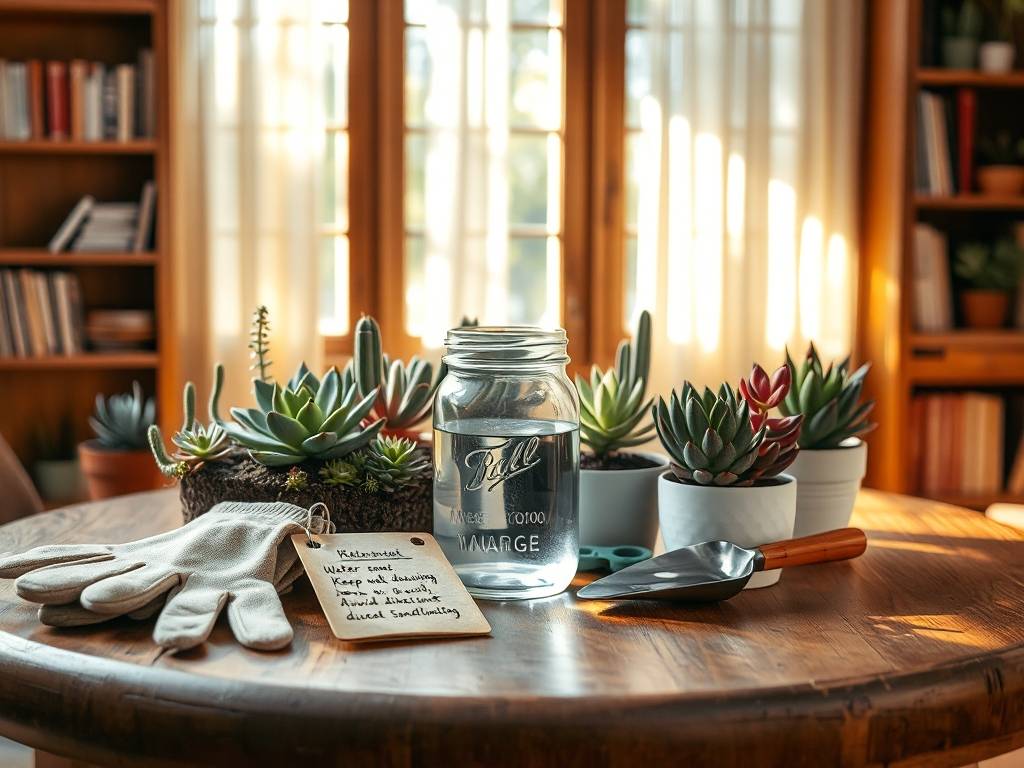
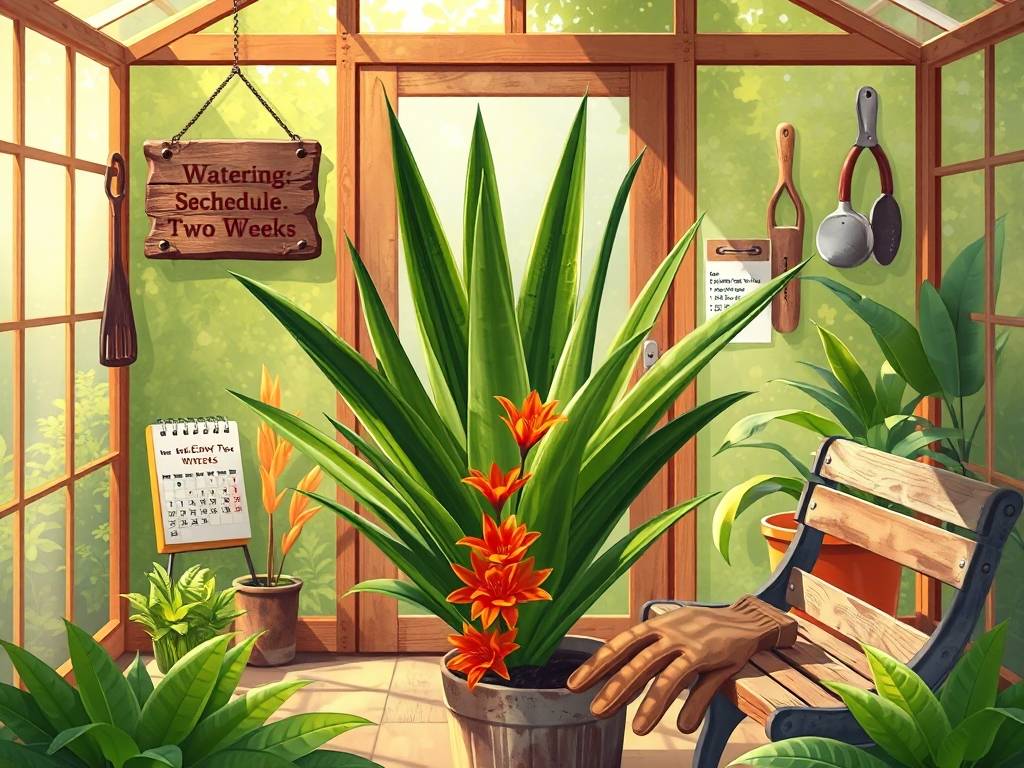
发表评论